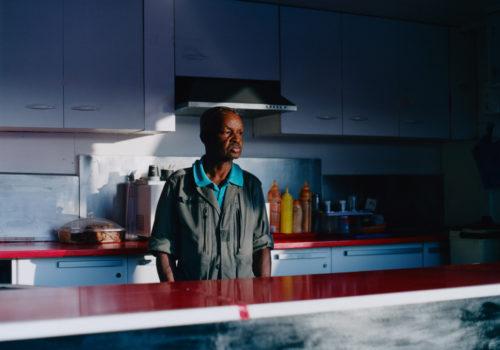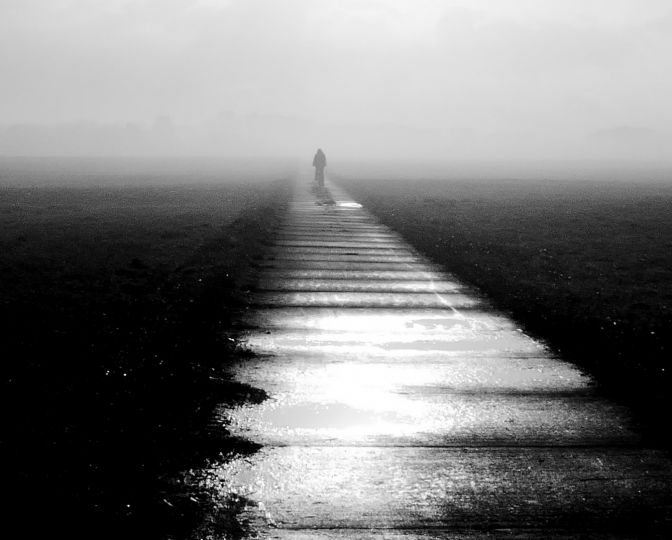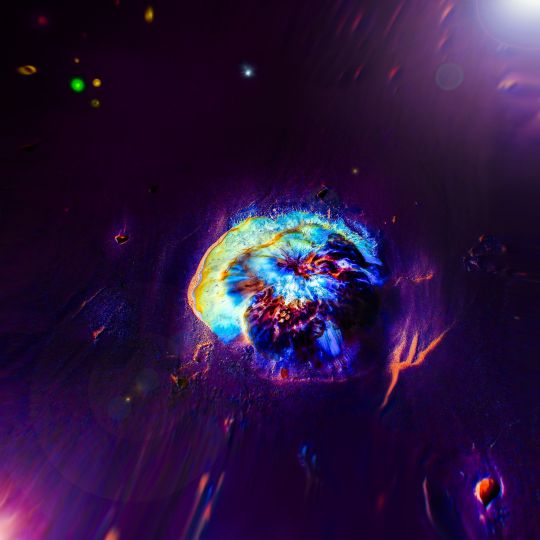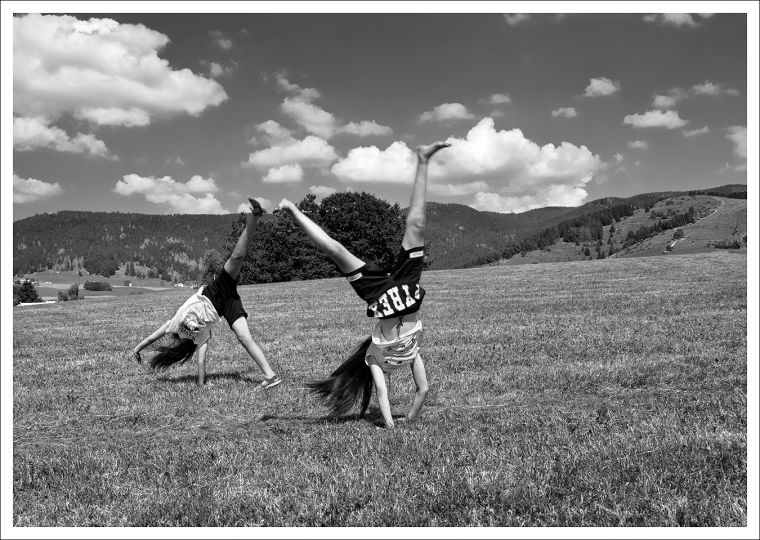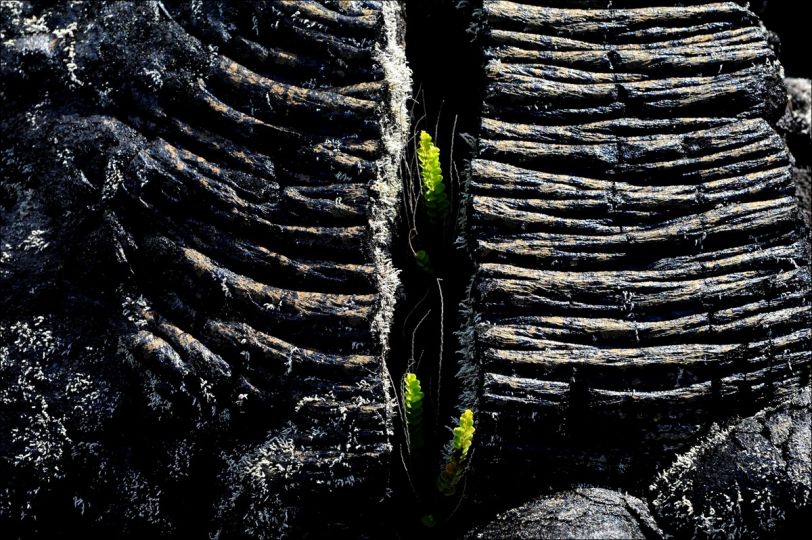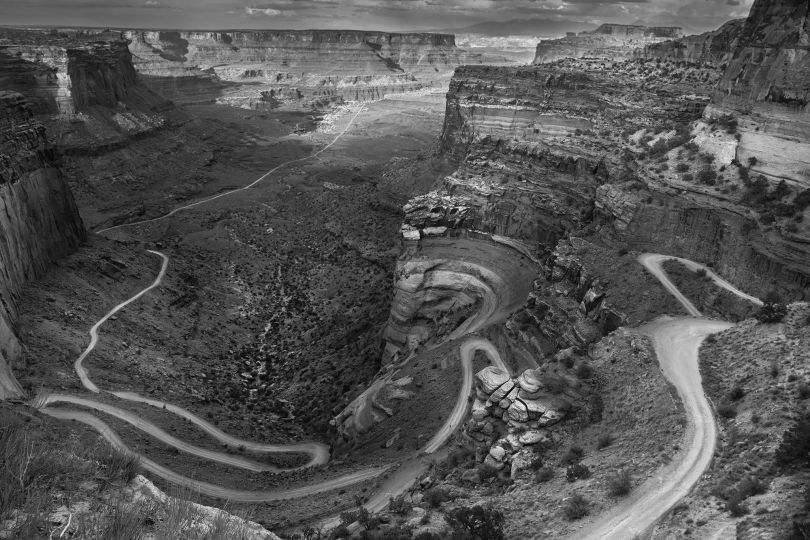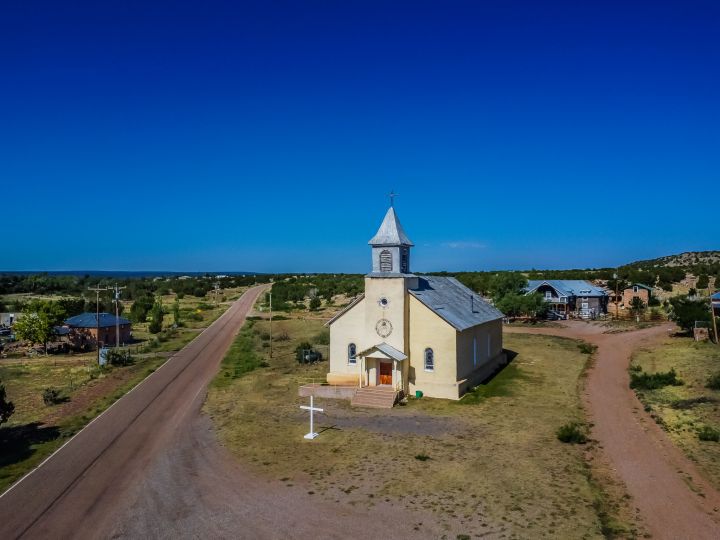Differences & Repetitions
Aesthetics of disappearance and overlaying in Seine-Saint-Denis
My territories are beyond grasp, and not because they are imaginary, but on the contrary, because I am in the process of outlining them.” – Gilles Deleuze and Felix GaAari, A Thousand Plateaus
Established in 1968 for the purpose of fragmenting the Île-de-France’s “red belt,” the Seine-Saint- Denis department was formed in a way that simultaneously attached it to and isolated it from Paris. Ideologically split from the concomitant capital, it was also demographically, economically, and culturally so, all while still being “the periphery of.” In opposition to Paris’s immutable heritage, the area asserted its own identity through its heterogeneity, the plurality of its voices, and the radicalness of its mutations.
As the 2024 Olympic Games loom, of which it is one of the biggest beneficiaries, the Seine-Saint- Denis finds itself caught up in monumental building sites, whose scope contrasts with the reality on the ground.
Former vast agricultural plains that have become the most extensive industrial area in Europe, it is now suffering from its early urbanization.
The most cosmopolitan department, but also the poorest in mainland France, it is also one of the youngest. Facing a prominent past and a difficult current situation, Seine-Saint-Denis is entering the 2020s with lofty ambitions for the future.
At a time when an army of cranes are working the ground just as much to build a shiny future as to bury an annoying present, it is an entire territory which makes its strata appear to our eyes.
Agricultural and industrial, natural and urban, poor and opulent, all these asynchronous layers make up a complex landscape, both spatial and temporal, crossed by a constant balance of power. That opposing the morbid repetition of the identical, of the established order and to re- establish, and the vigorous repetition of the difference, that of the life that disappears and springs again.
Here, the latter has never seemed so beautiful.
But it has also, unfortunately, never seemed so fragile.
Alexandre Silberman (né en 1983 à Dortmund) est un réalisateur et photographe installé à Paris. Diplômé en Philosophie et en Communication à l’université LYON III, il travaille principalement sur des projets documentaires traitant des relations entre un lieu et ceux qui le parcourent.
C’est ainsi qu’est née la série NEW CITY / NEW GOD, centrée sur la place de la religion à Brasilia, et qui a été présentée à la Red Bull Station de Sao Paulo (Brésil) en 2016.
Sa série sur la scénographie du Beau dans les musées franciliens, THE GREAT BEAUTY, a été l’objet d’une exposition monographique à la Moritzhof Gallery de Magdeburg (Allemagne) en 2018, puis au Festival International de Photographie de Lenzburg (Suisse) en 2019.
En 2020, Alexandre Silberman a été shortlisté pour le BarTur Photo Award, le Palm* Photo Prize, et a fait parti des dix finalistes exposés à New-York dans le cadre des Feature Shoot Street Photography Awards. Cette même année, il a aussi été exposé à PHOTOIS:RAËL et lors de la 15ème Biennale internationale de Photographie NICÉPHORE +.
En 2021, sa série sur la Seine-Saint-Denis, intitulé DIFFÉRENCES & RÉPÉTITIONS, fera parti de la selection du festival LES BOUTOGRAPHIES à Montpellier.
Son travail a été publié dans Urban China Magazine, Journal Of Grievances, C41 Magazine ou encore Aint-Bad.

